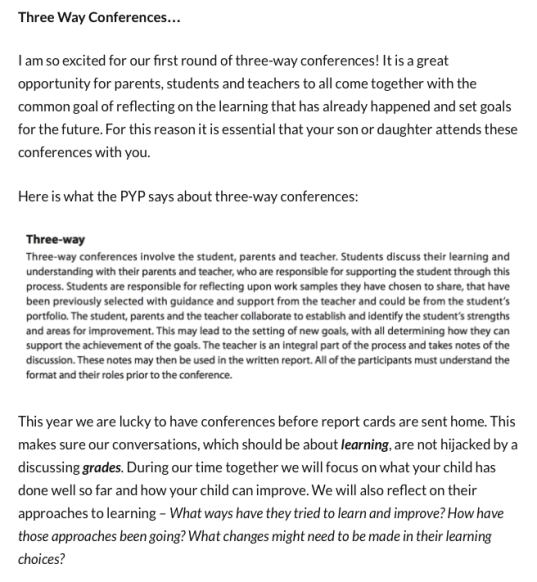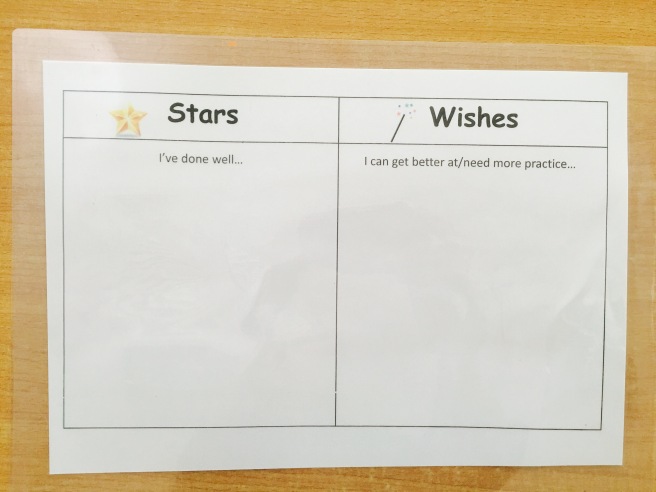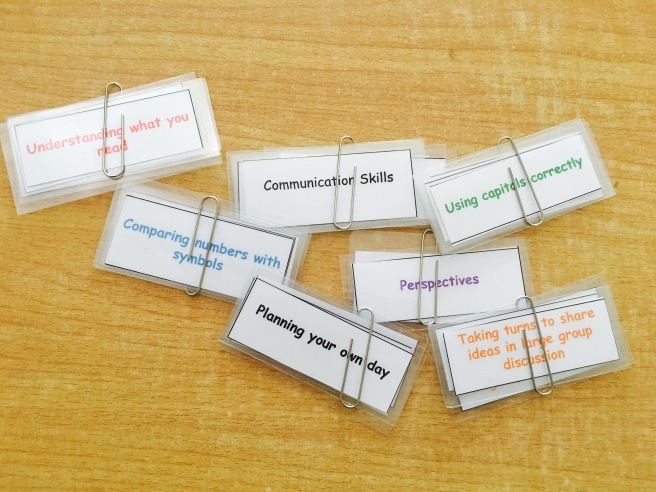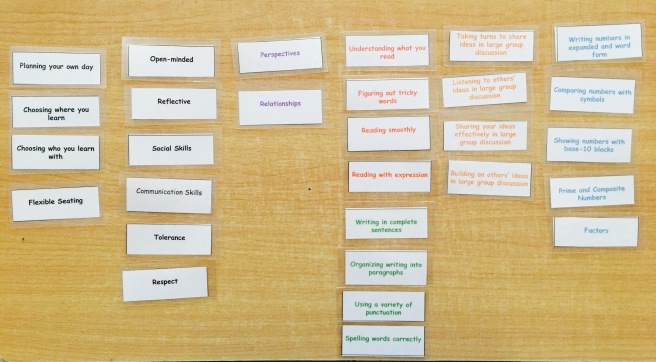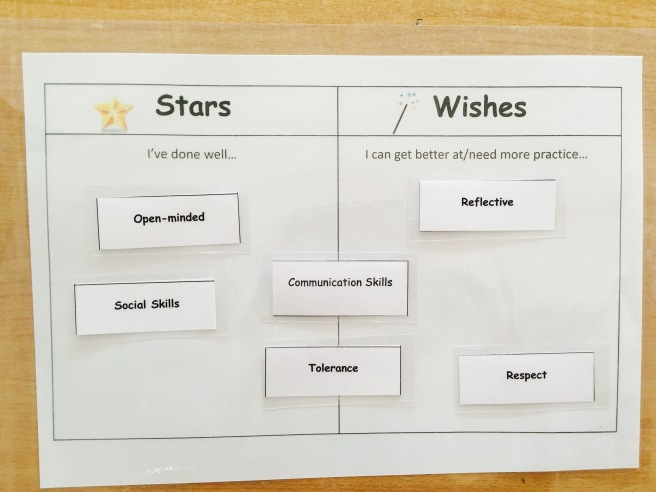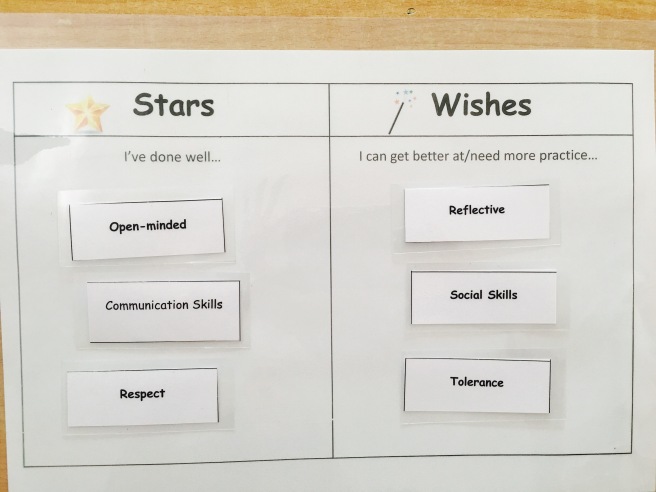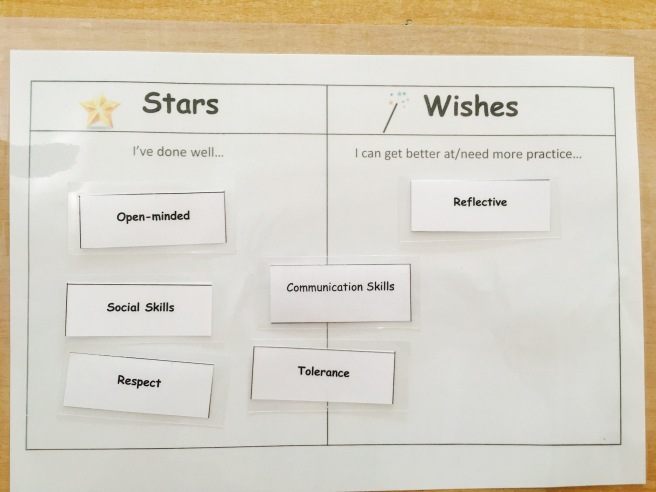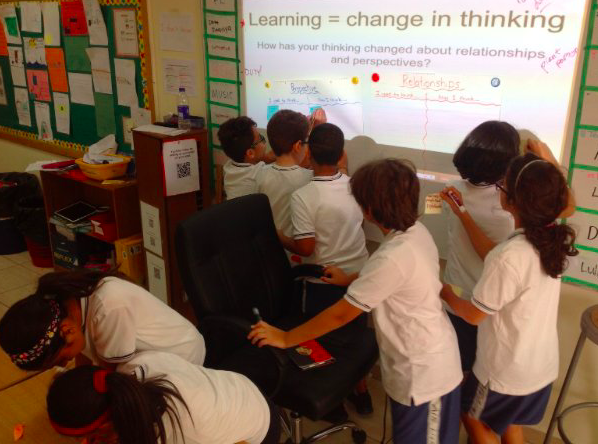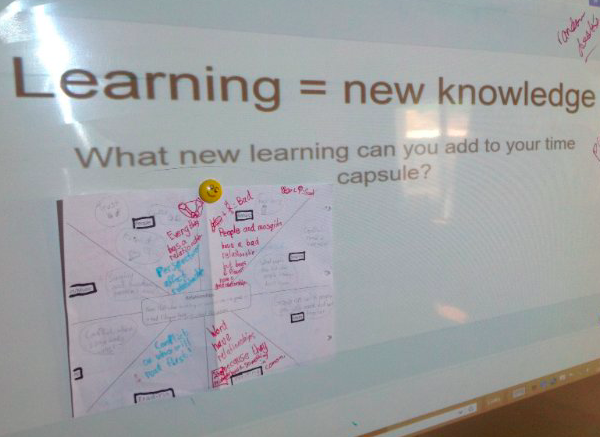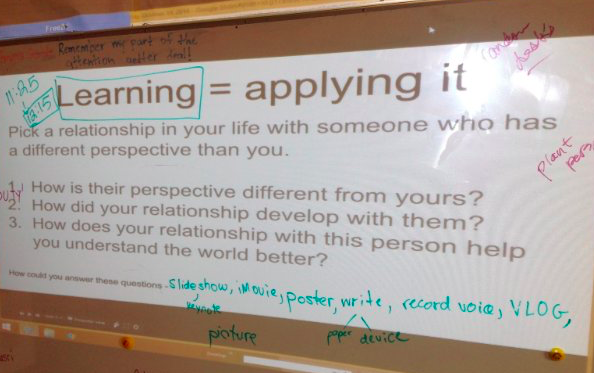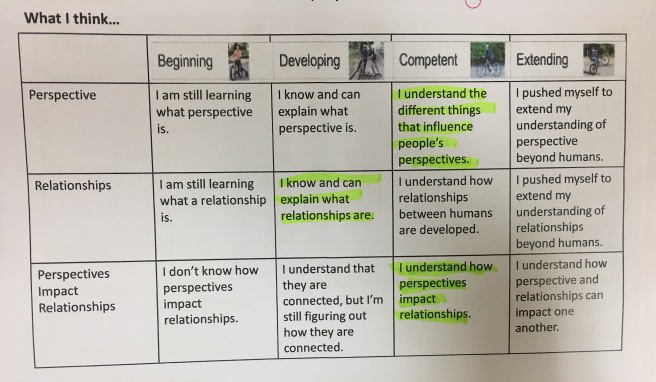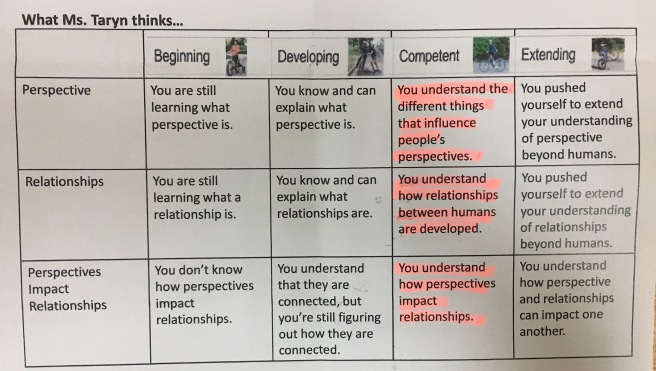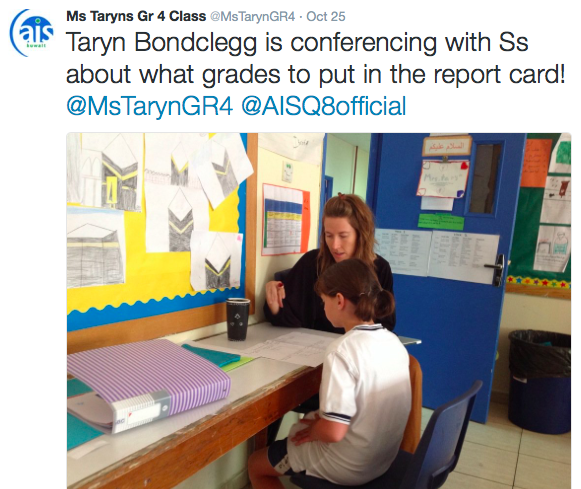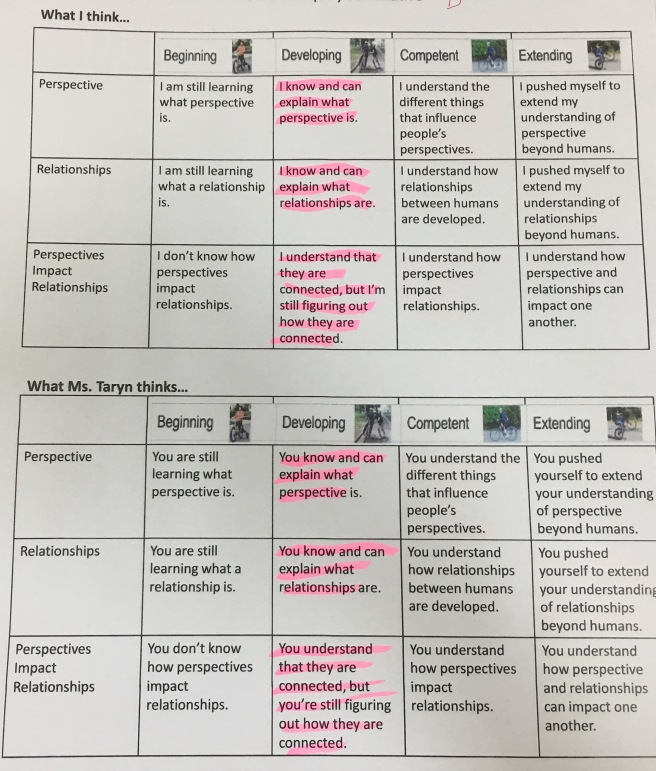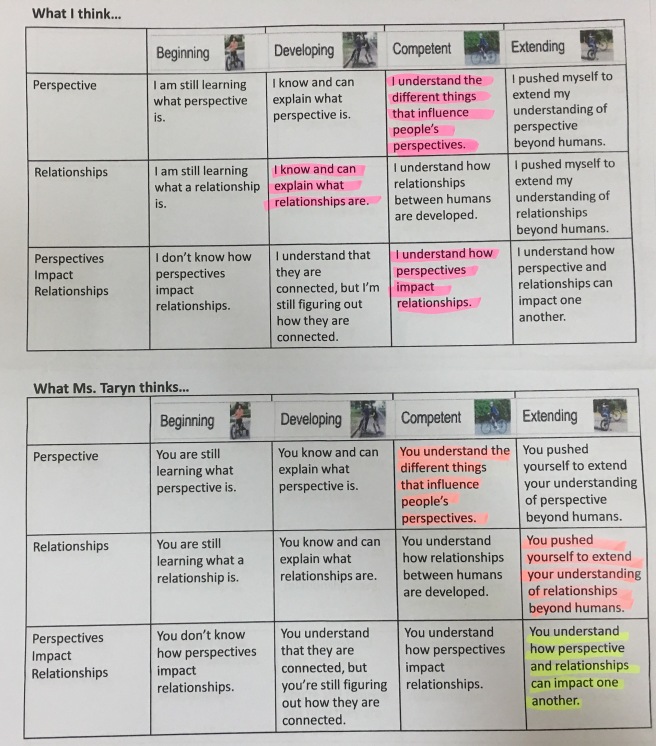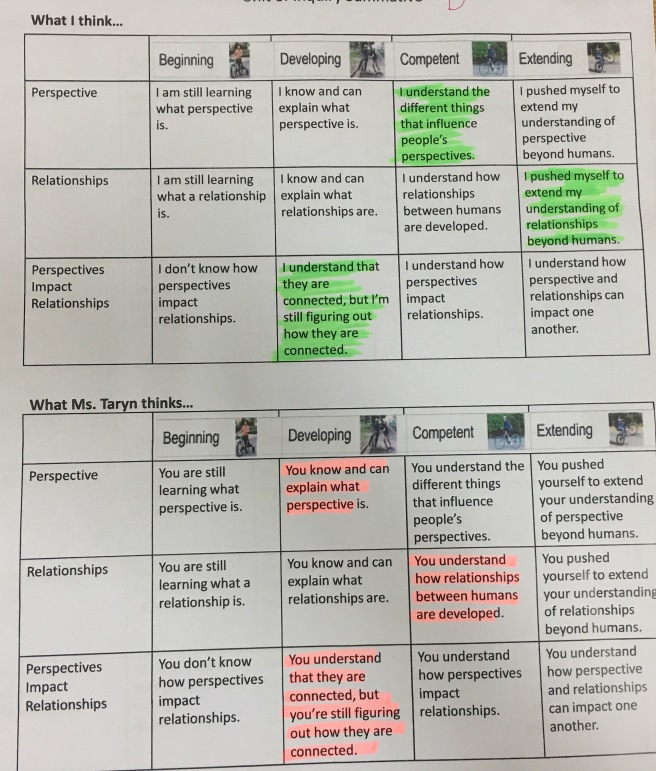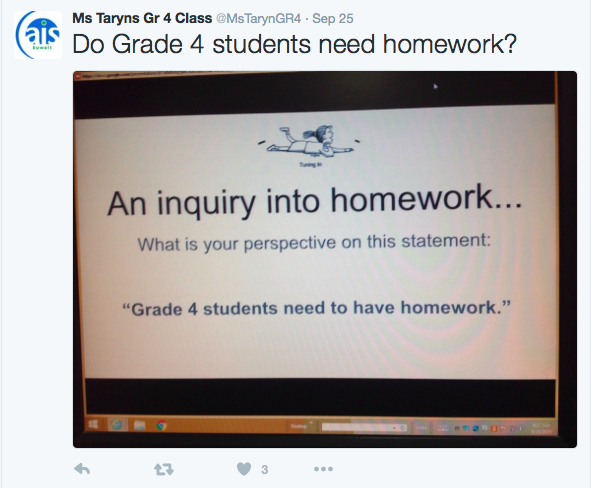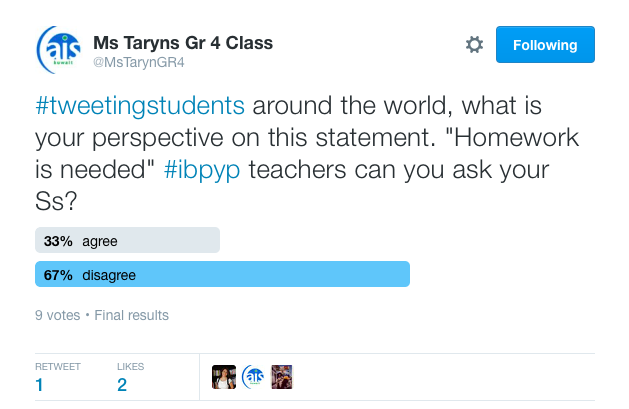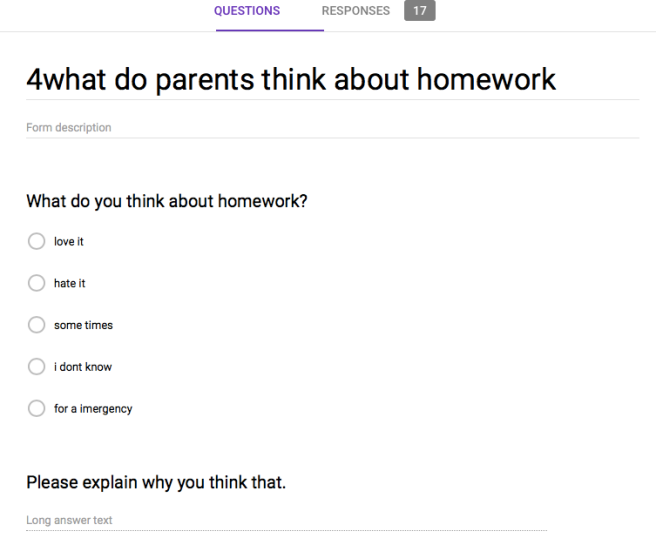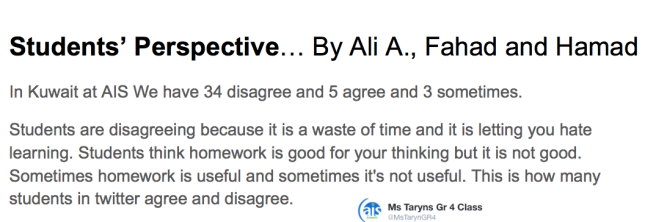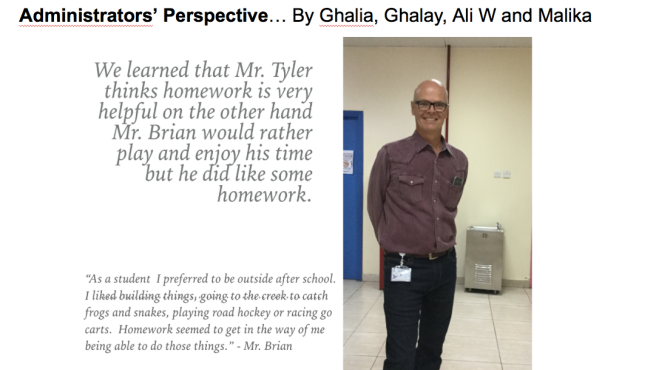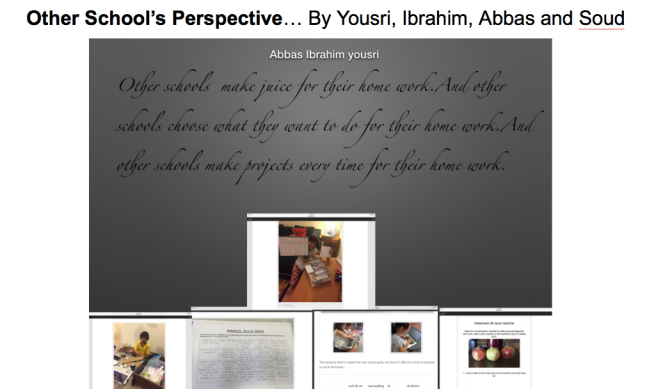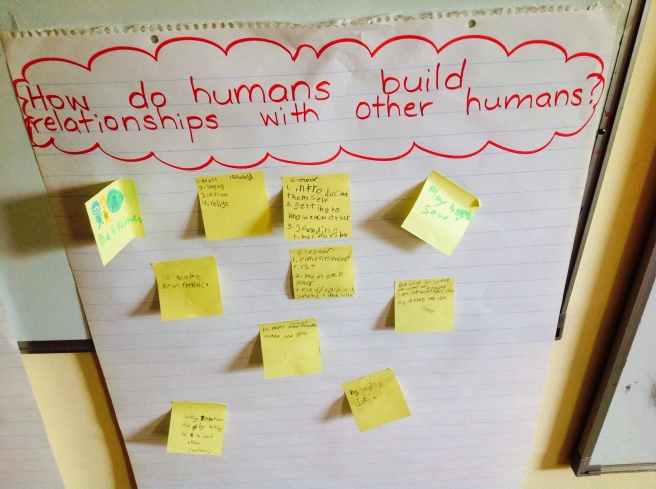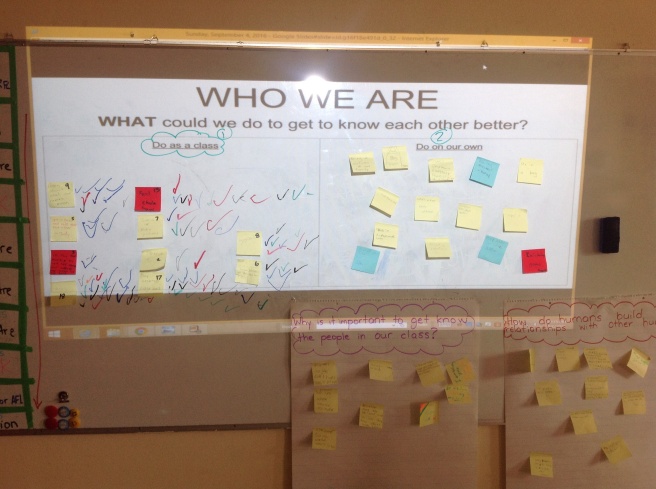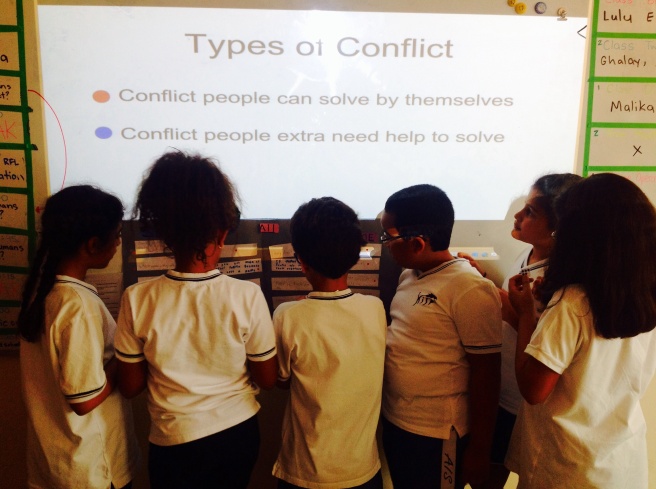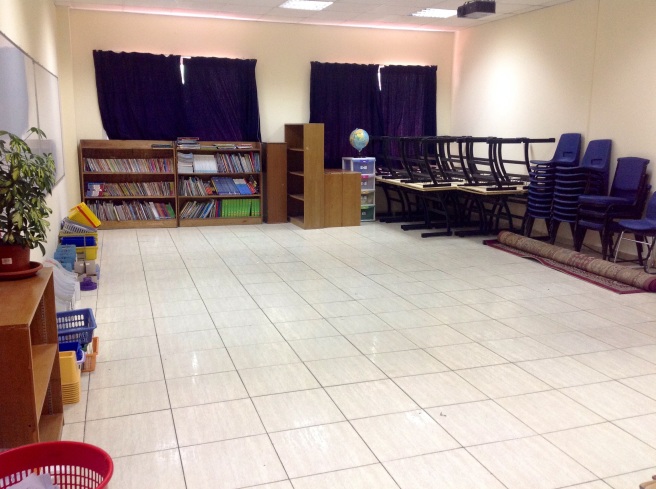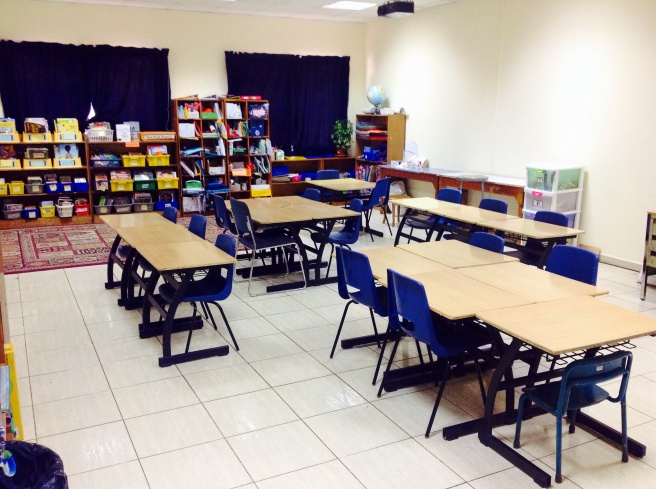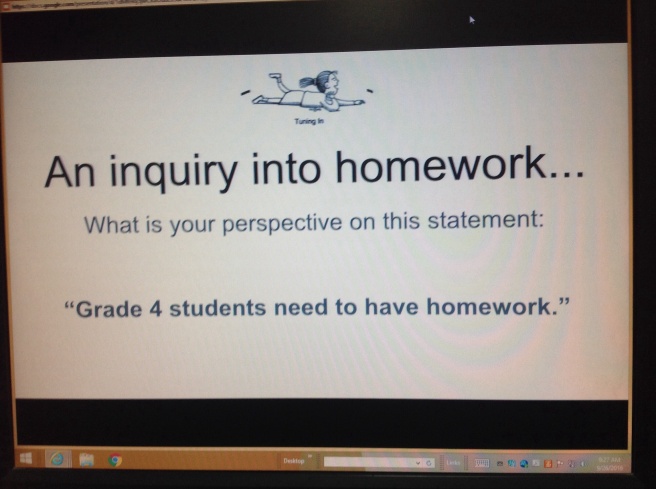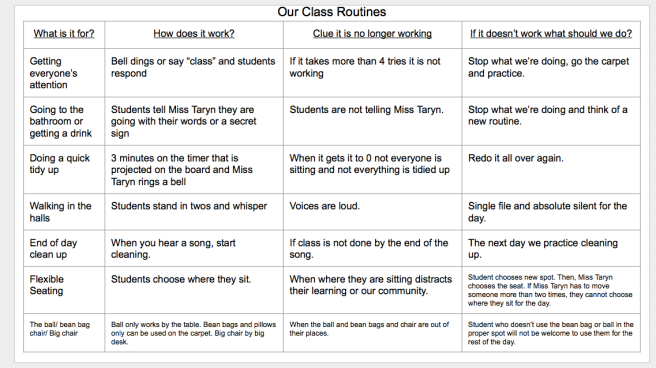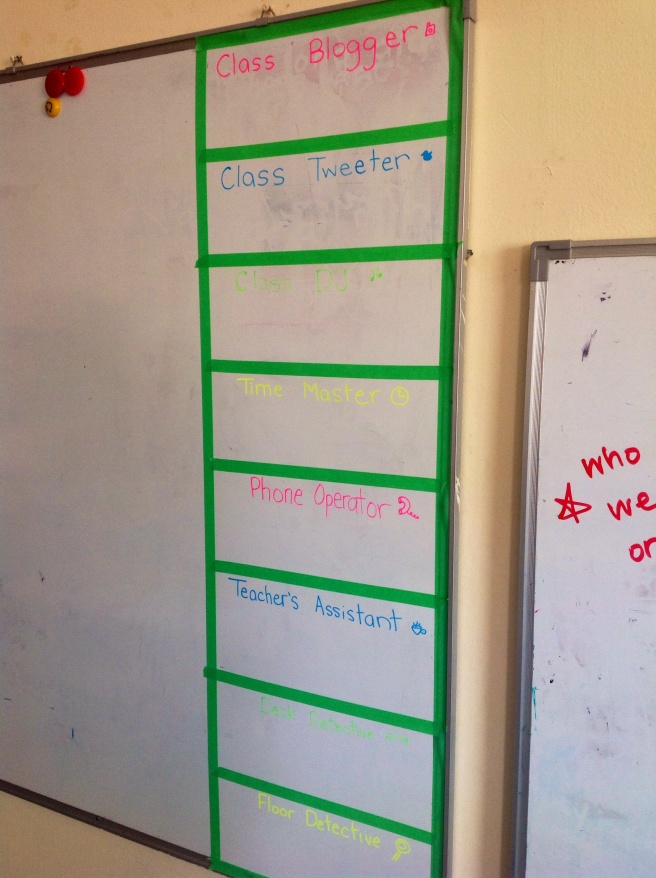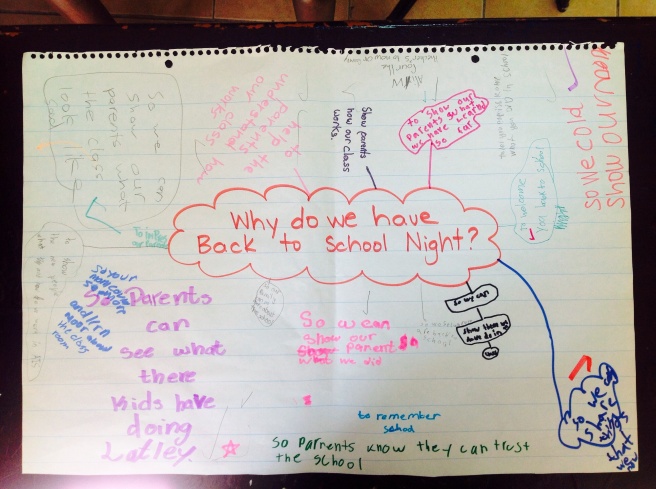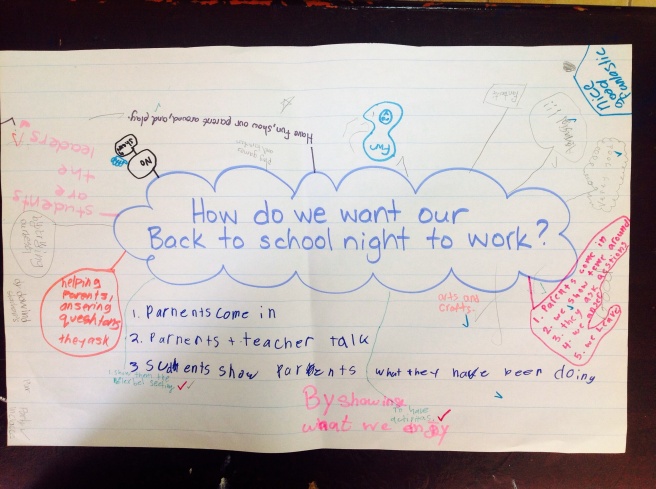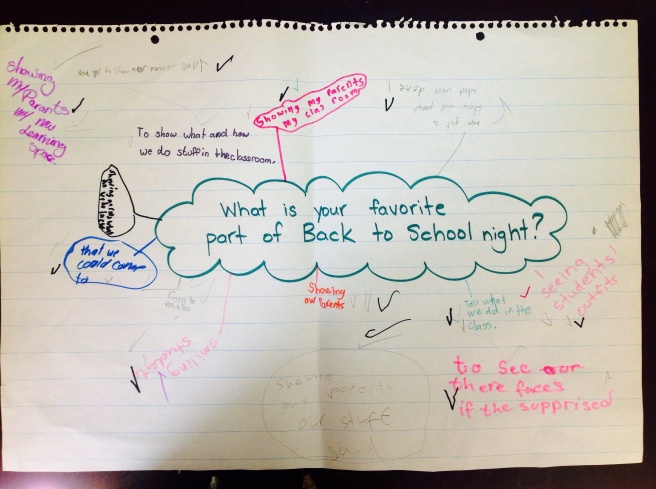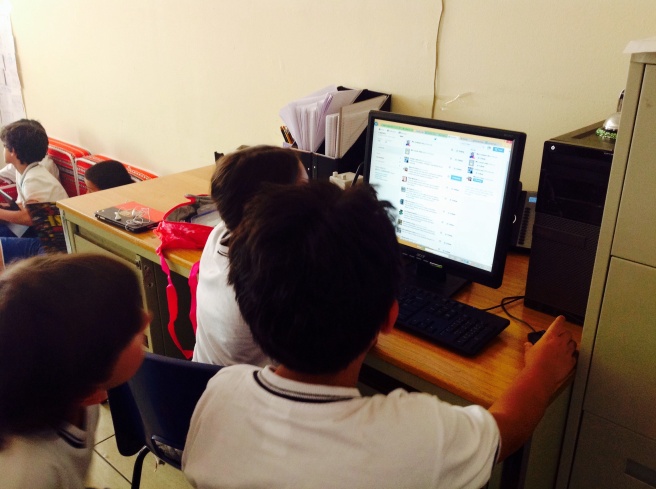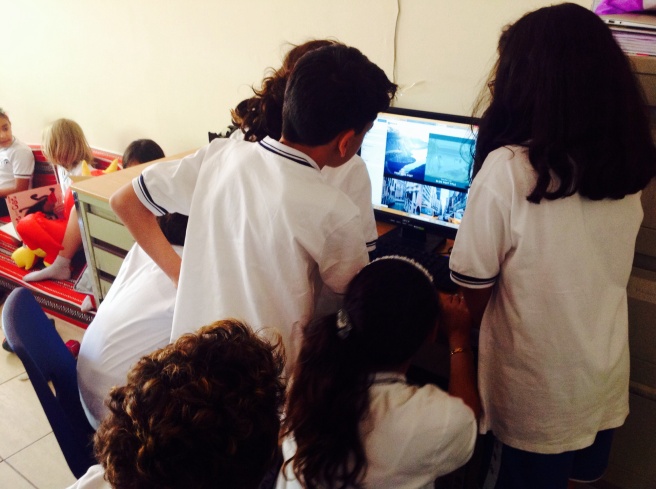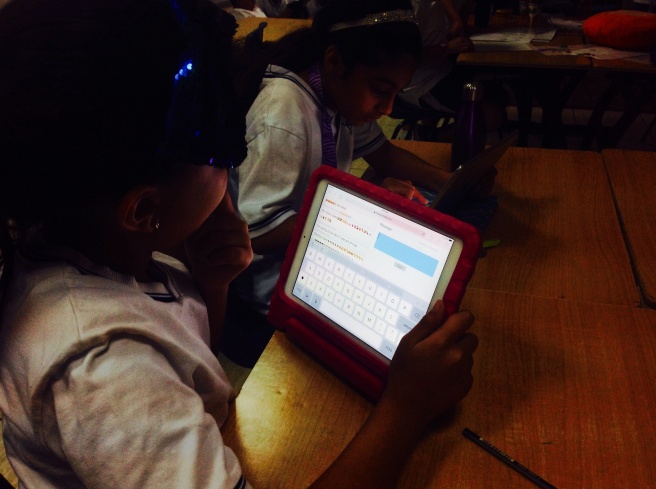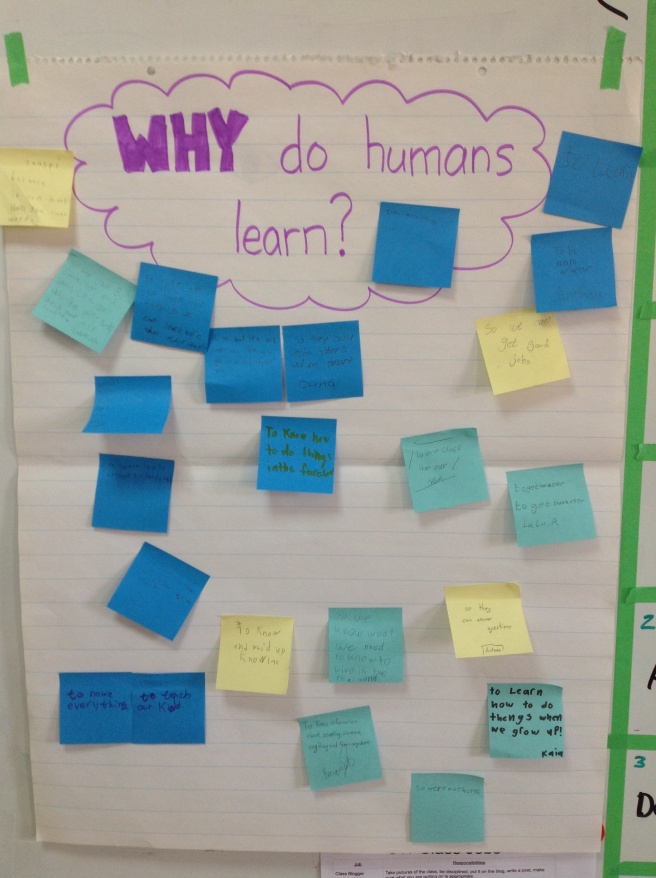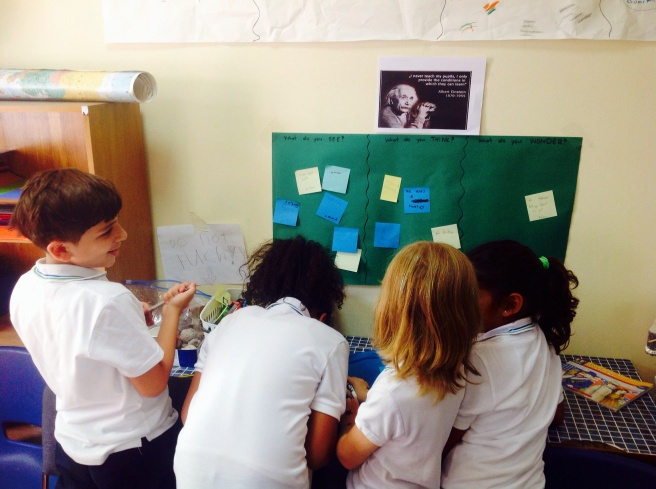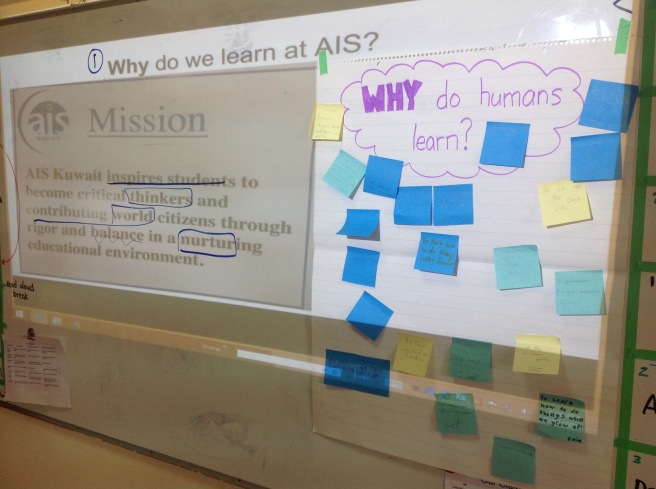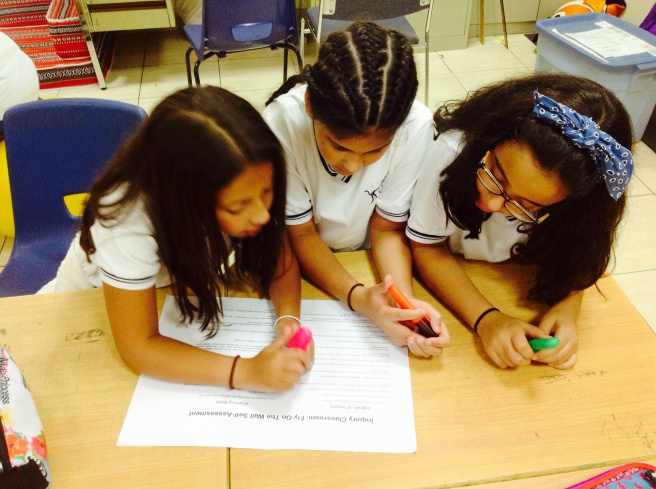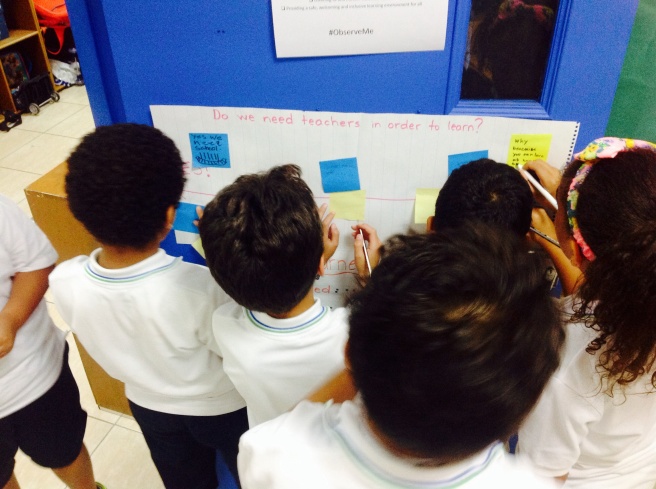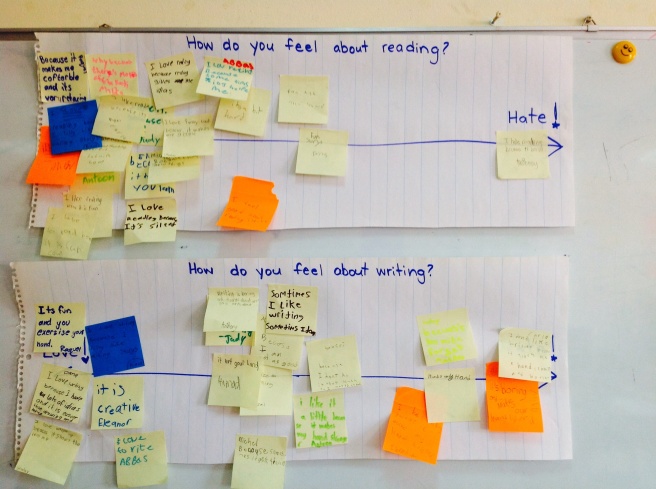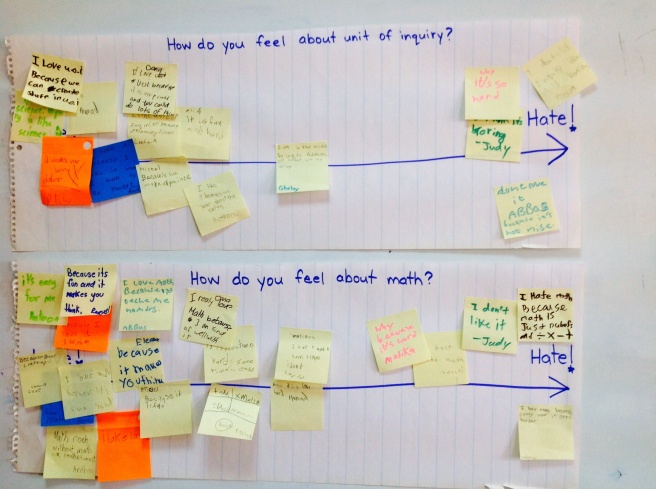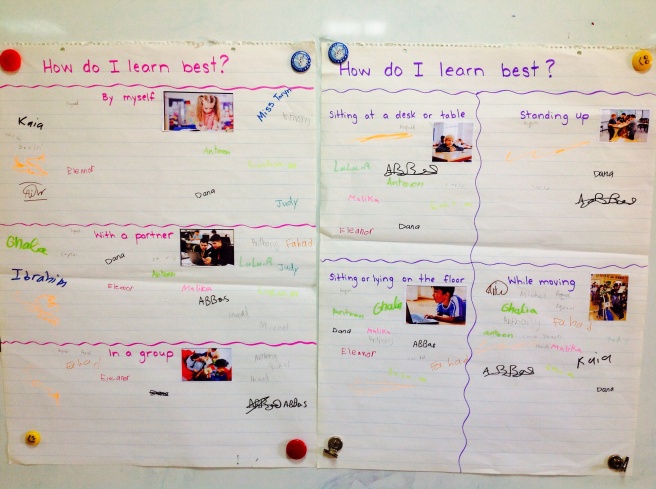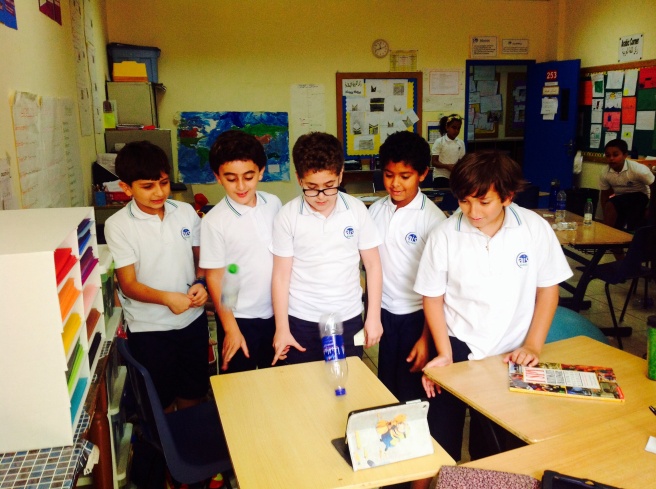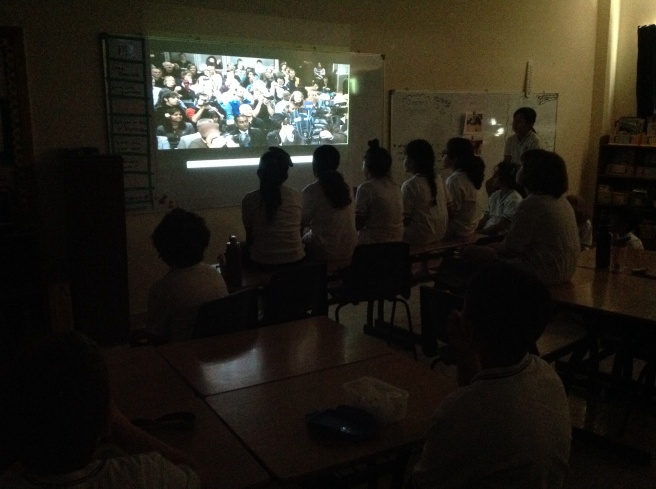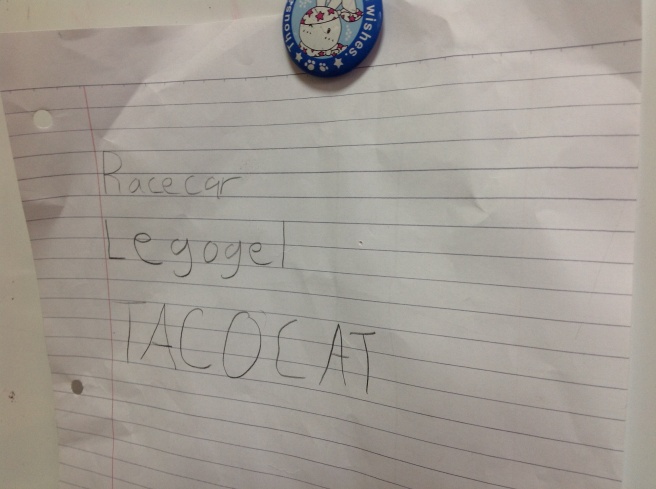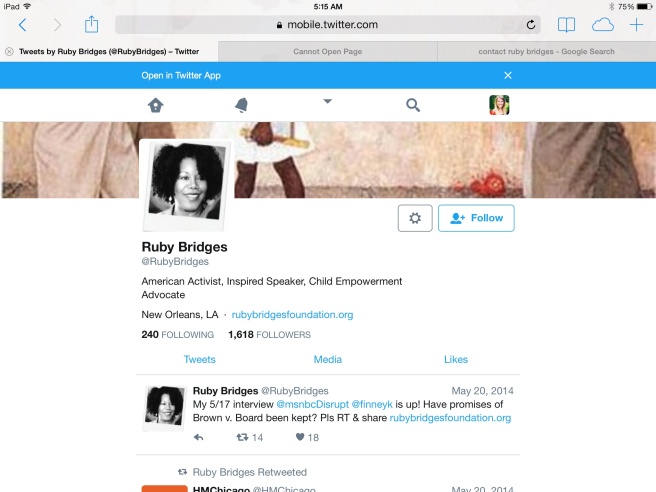Before the year started I asked the question: Who should be writing the day plans?
I also offered an answer: The students.
So this year – being back in the classroom – was a chance to follow my own advice and give it a try!
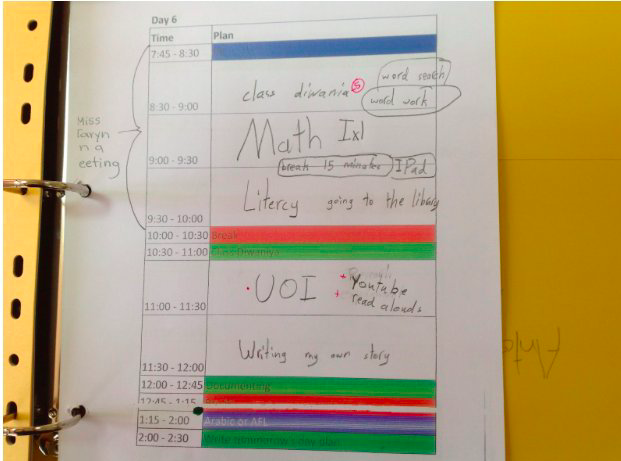
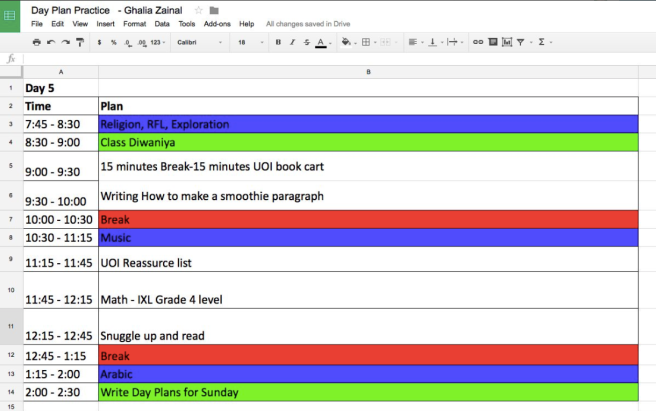
As with many misconceptions about inquiry-based teaching and learning, I did not just hand them a piece of paper and say “ok, plan your own day” There was a lot of thinking and planning on my part, about how to help and support students in planning for their own learning.
Planning to plan
First, I structured an inquiry into learning. We inquired into why humans learn, how humans learn, and what specifically us-humans are expected to learn this year in grade 4.
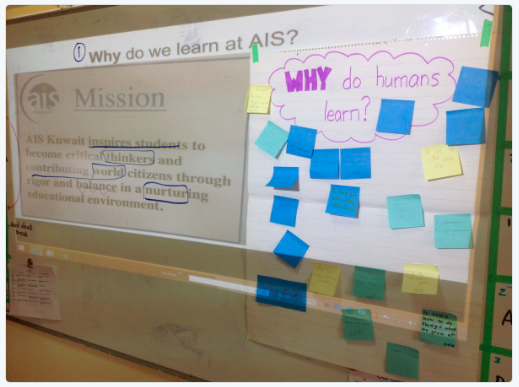
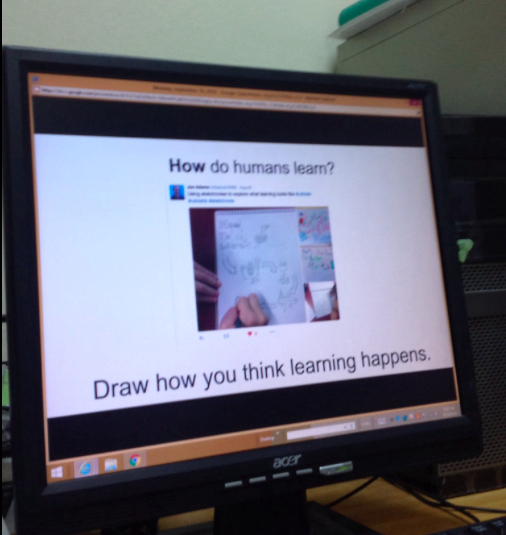
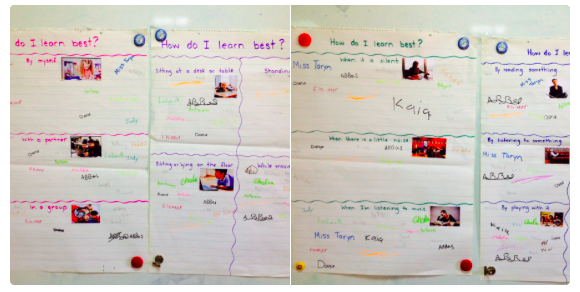
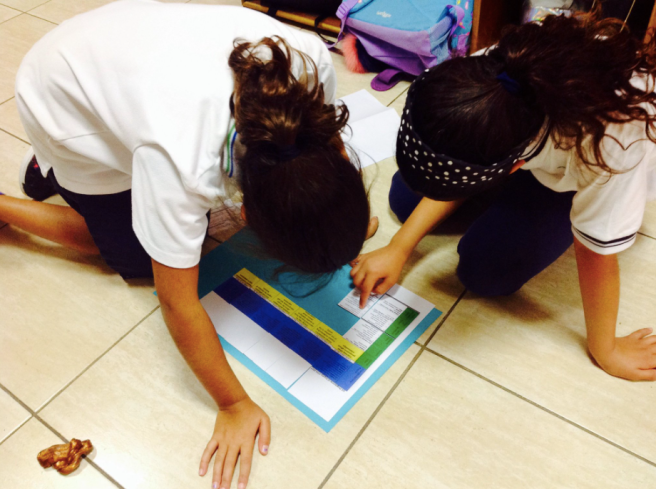
Then, we inquired into how we could and should plan a day at school. We focused specifically on time management and balance. We created class anchor charts with a menu of possible approaches to learning.
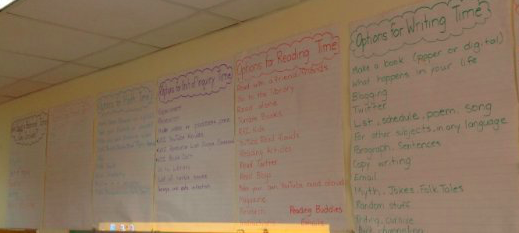
Systems and Routines
Next, we established systems and routines to help support students in planning their own day. We set aside the same time each day where students would work on their plans for the following day.
I provided students with paper or digital templates that pre-blocked off recess and single-subject teaching.
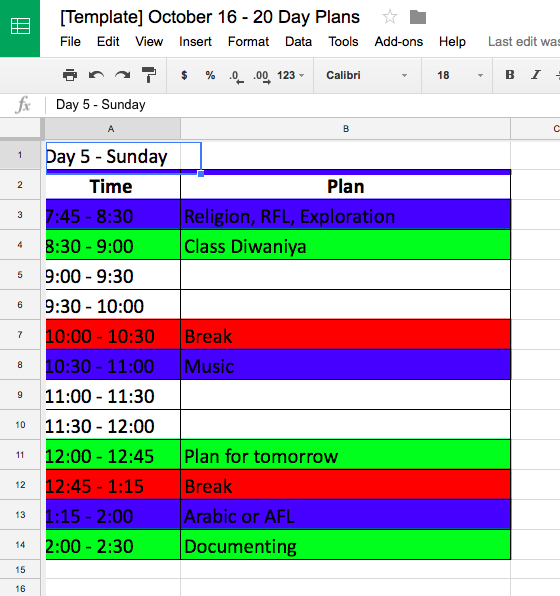
I projected a menu of optional workshops (sometimes teacher-led, sometimes student-led) and optional conferences, along with reminders of other considerations (such as reading buddies)
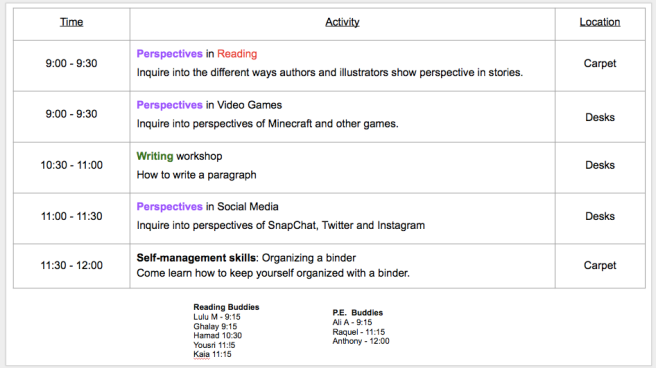
There we also areas of the class where students could find lists of peer teachers/tutors/helpers/feedback providers.
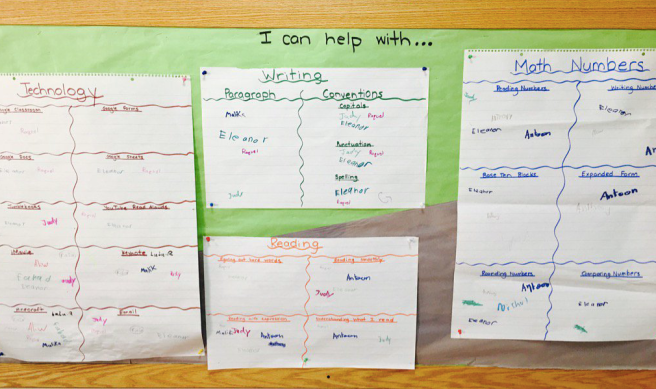
Then students sat, discussed, planned, reviewed, revised and when they were ready, conferenced with me.
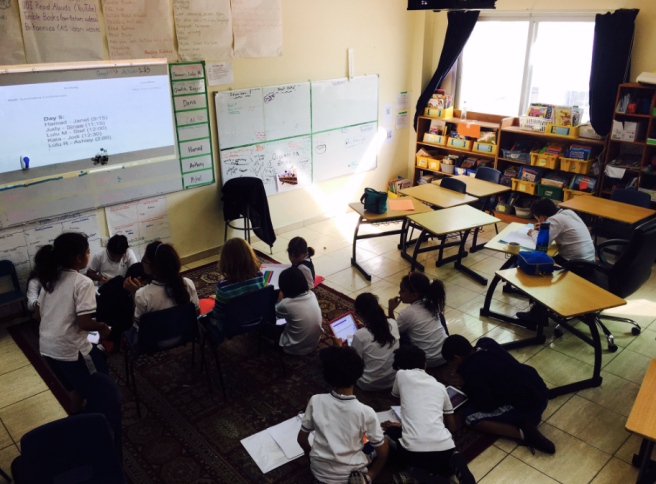
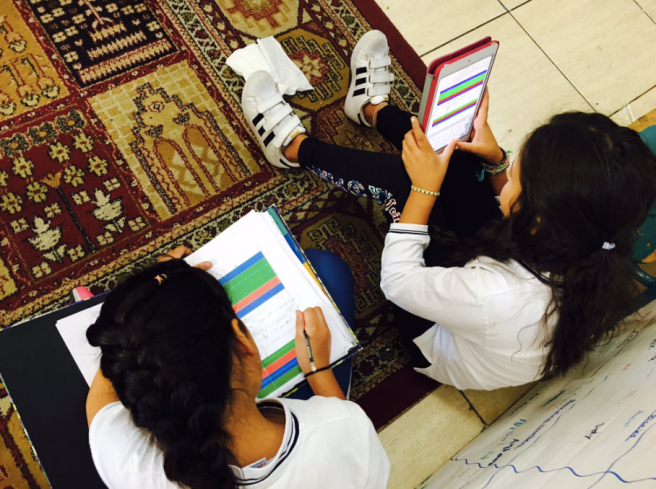
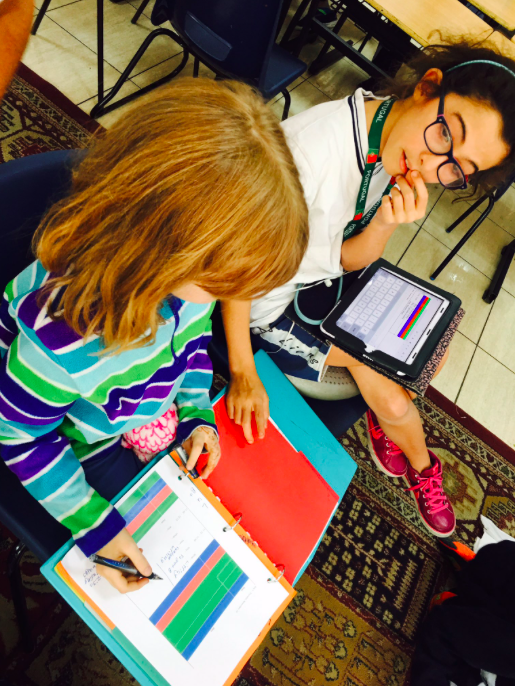
When we conferenced, I offered advice and suggestions – based on my own assessment and observations of their learning – about amendments to their plan.
Documenting
Since the responsibility for planning learning was shifted more on the students, it was important to also match that shift in the documenting of learning. We experimented with a few different approaches to documenting.
We tried individual, private documenting. Where I provided students with paper or digital templates of concepts, knowledge and skills. At the end of each day students would reflect and record all their learning.
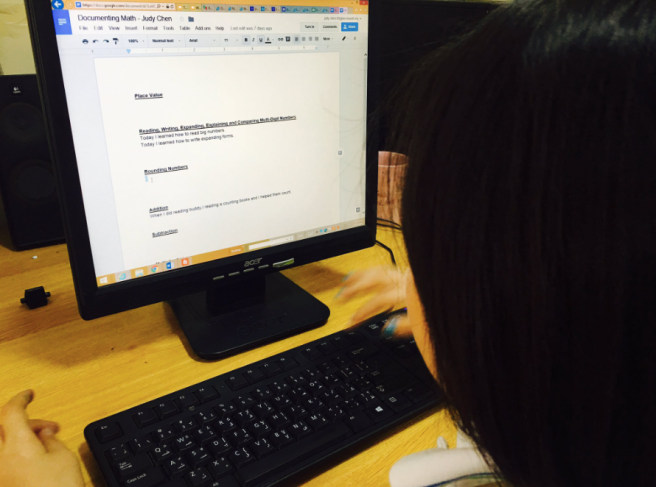
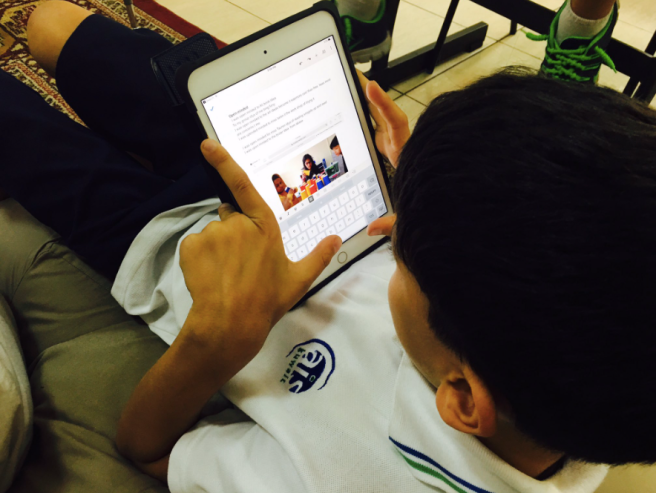
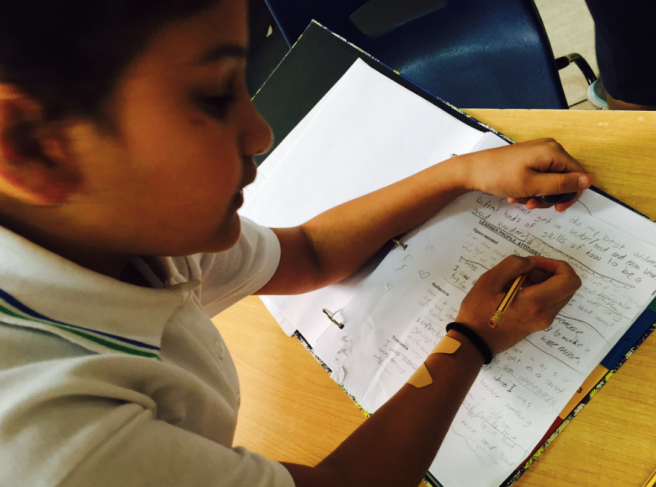
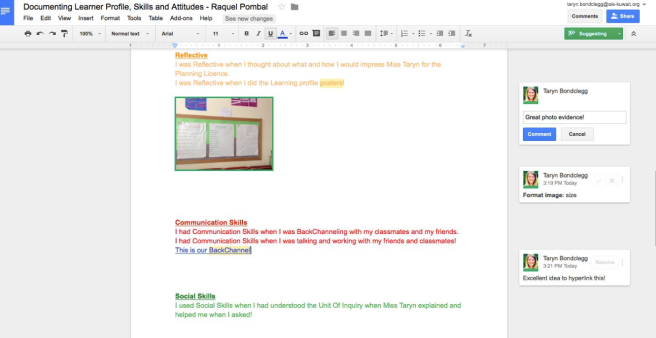
We also tried a collective, more public form of documenting. We had a class “Learning Wall” that students added to at any point throughout the day.
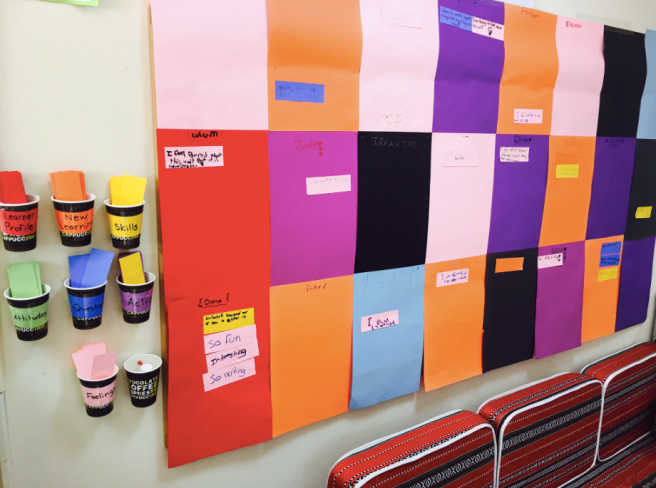
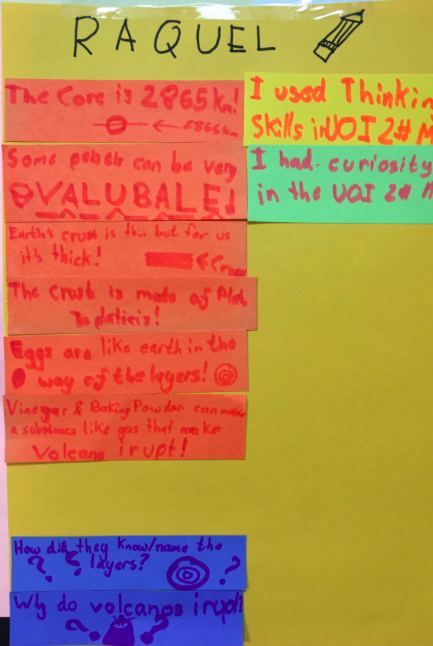
Planning Templates
The first iteration of our planning template was simply empty boxes that students filled in.

The second iteration was inspired by the Simon Sinek framework “Start with Why” where students outlined what they were learning, why they were learning and how they were learning.
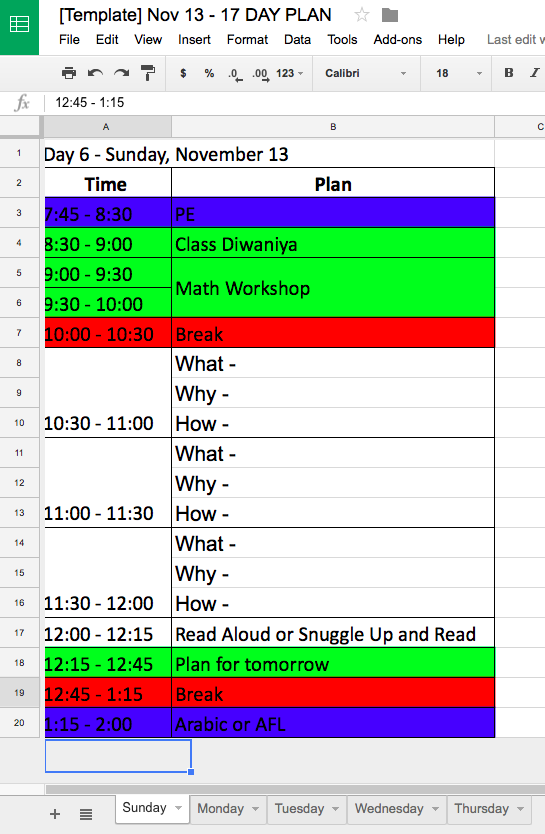
Bridging
To help ensure students’ day plans were connected to something bigger, we experimented with a few different approaches.
At the beginning of each unit, we collectively brainstormed how to acquire the knowledge, develop the skills or practice the attitudes and attributes connected to that specific unit.
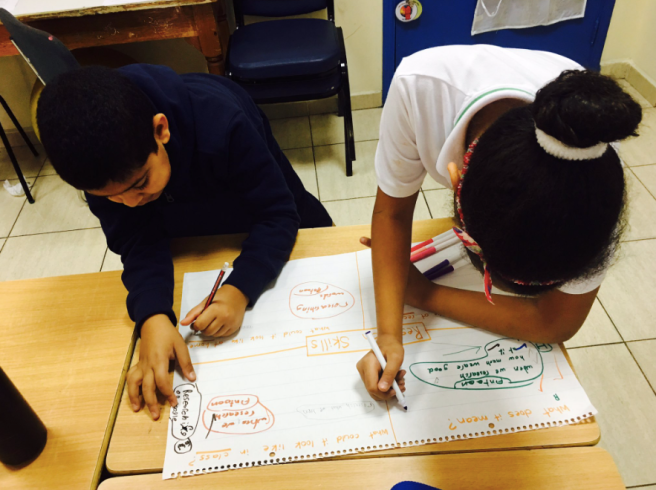
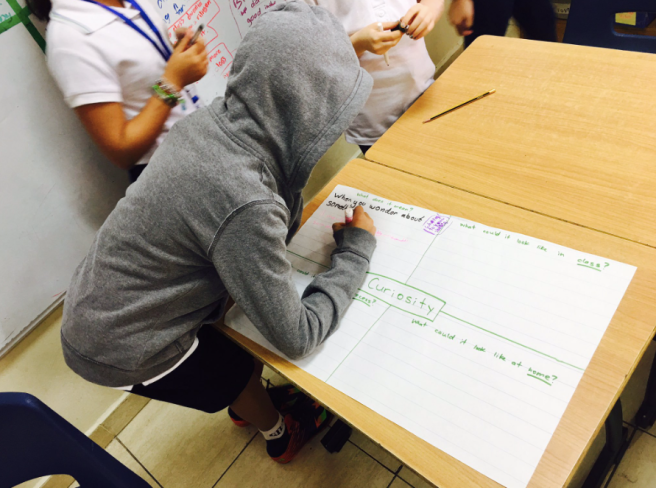
We also invested time developing personal learning plans. Where students used their diagnostic assessments or their own questions to identify a specific learning goal. Then, they listed a variety of approaches towards meeting that learning goal. They also planned for different sources of feedback, as well as personalized success criteria of how they will know they have met their goal. These learning plans were posted and each day students would reference them in order to more purposefully plan their day to day learning.
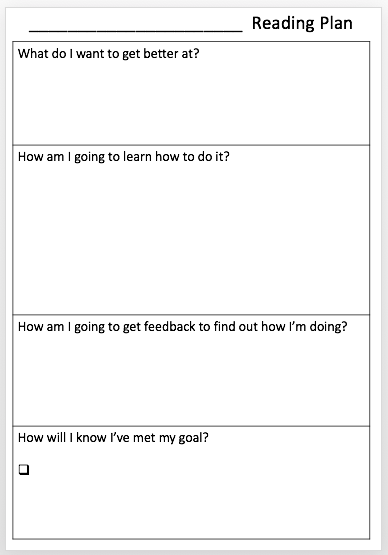
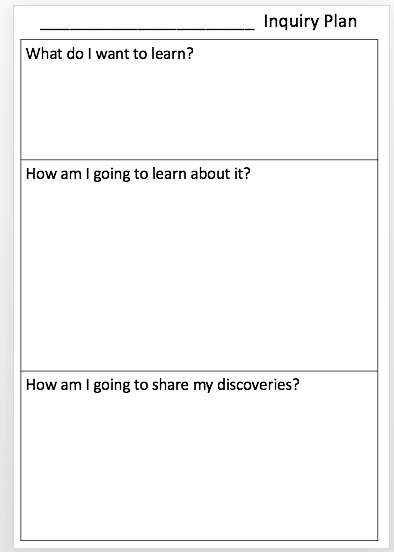
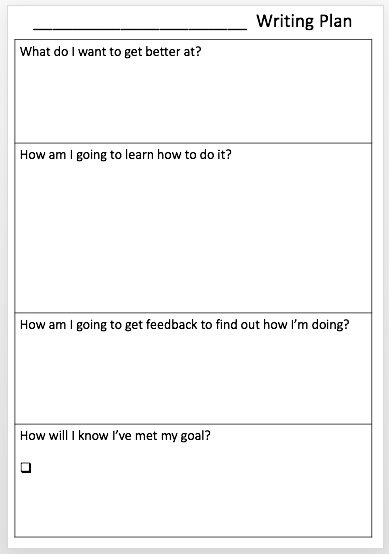
Reflections:
- the students LOVED experiencing agency in how they spent their time at school
- there was SO much collaboration and discussion between students when it came to planning
- many students planned together, some students planned alone
- students began to notice transdisciplinary learning where they would plan for one activity, but literacy and math and art (for example) would be naturally embedded
- understanding, awareness and management of time sky-rocketed
- there was a lot of trust involved – “managing” them in the traditional teacher-y sense of the word was impossible because they were all doing different things at different times in different places and in different ways
- when students self-selected to come to teacher-led workshops they were present, interested and engaged
- students made lots of “mistakes” in planning for their own learning, and in the process learned so much about themselves as learners
- time was always our enemy – there was no competition of “covering content” this way as compared to teacher-planned days
- the students development of ATL skills, learner profile attributes and PYP attitudes was apparent
This was my first attempt at helping students plan their own day. I don’t pretend to be an expert, or have any answers. I can only share my own risks and reflections. However, I will say that this was my first attempt… but not my last. I look forward to reflecting on my approach, collaborating with other like-minded educators and hopefully refining this model further next year.
I also welcome any feedback, suggestions or stories of your own, similar approaches to student written day plans to help with my own learning and growth in this area.
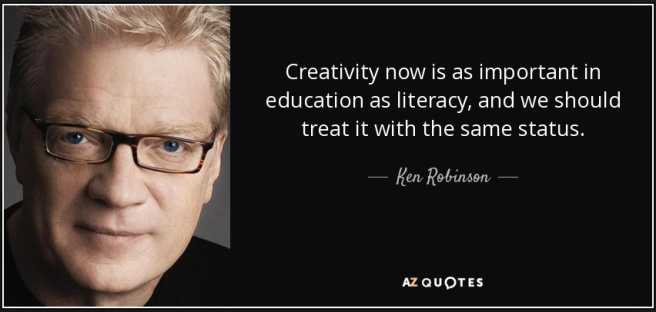
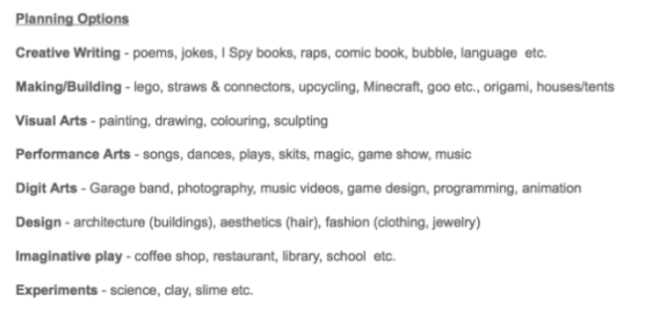
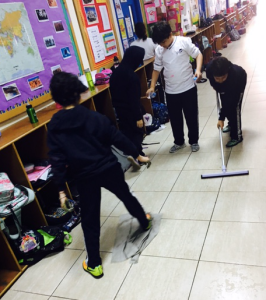
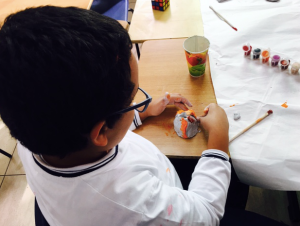
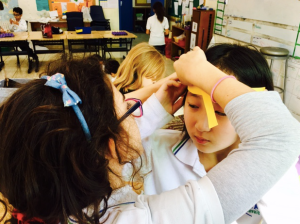
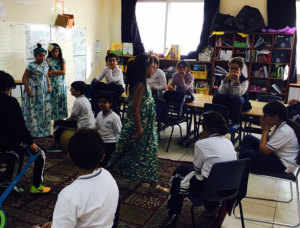
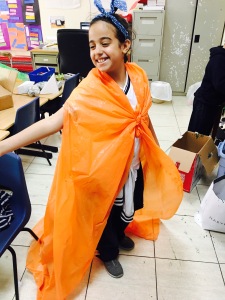
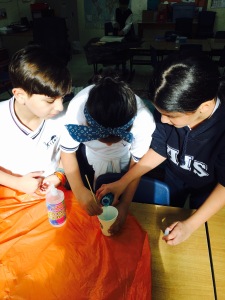

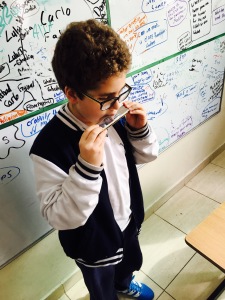
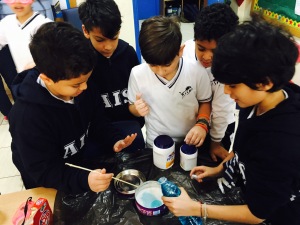
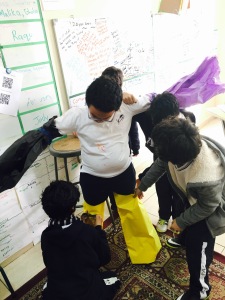
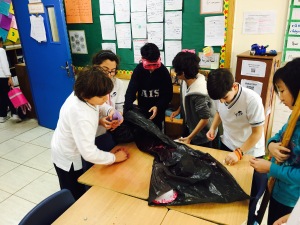
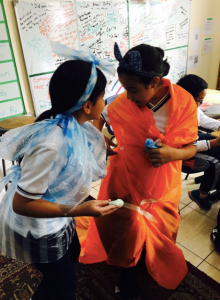
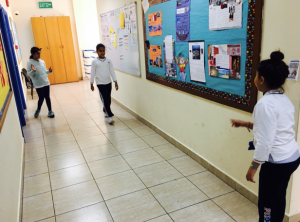
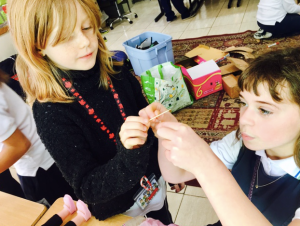
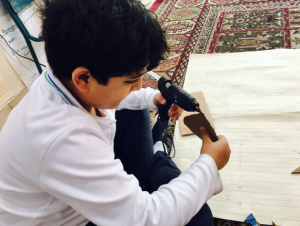
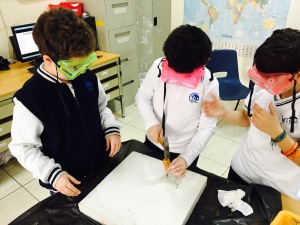
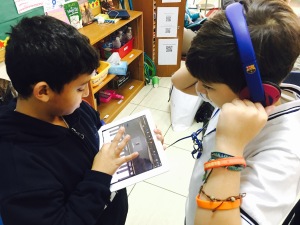
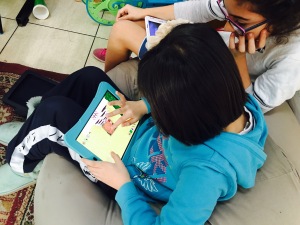
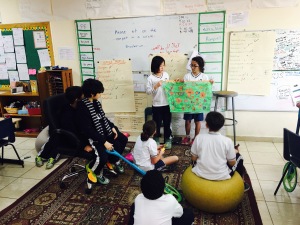

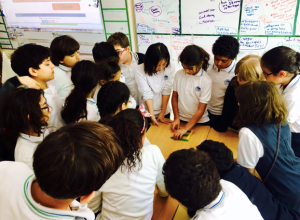
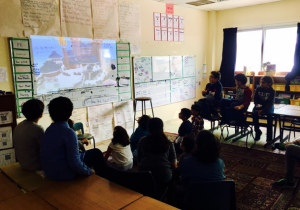
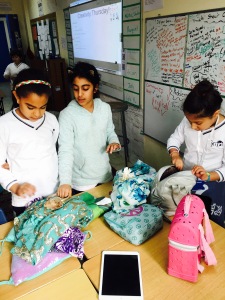
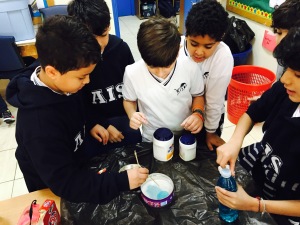
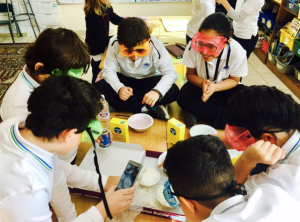
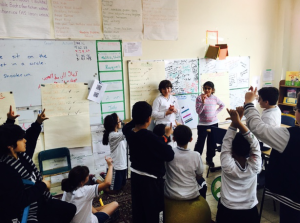
 Students were experimenting with lines and angles.
Students were experimenting with lines and angles.
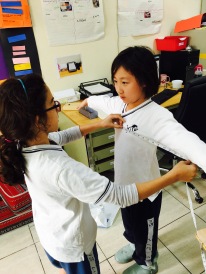
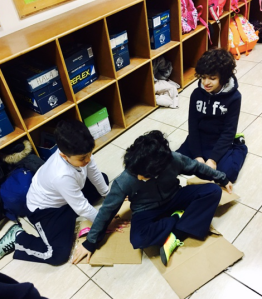
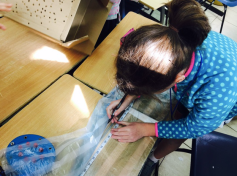
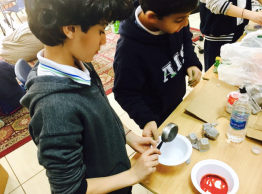
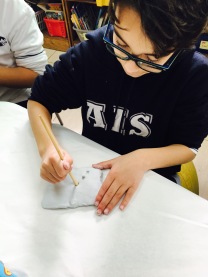
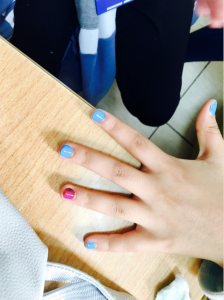
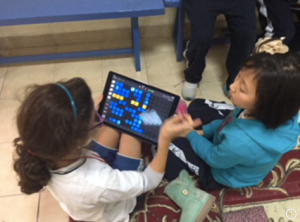
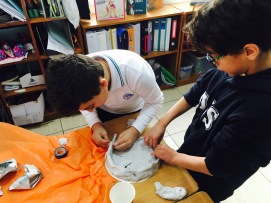
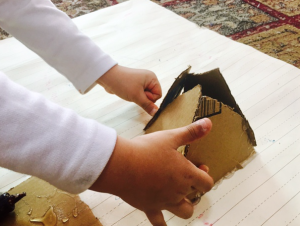
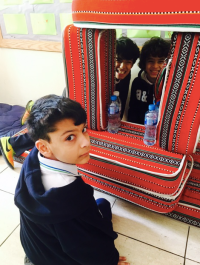
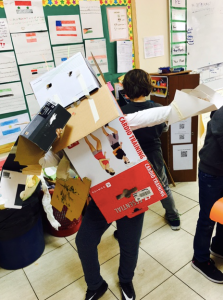
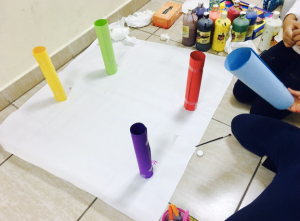
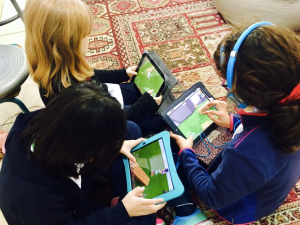
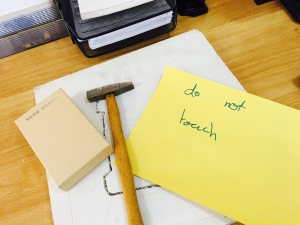
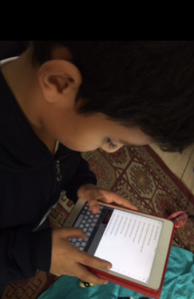
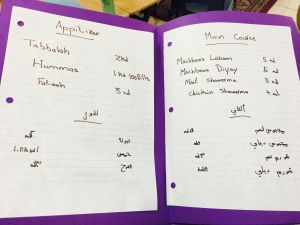

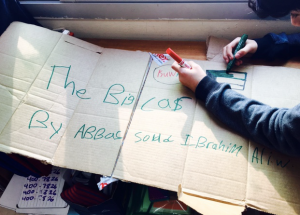
 Students were creating texts.
Students were creating texts.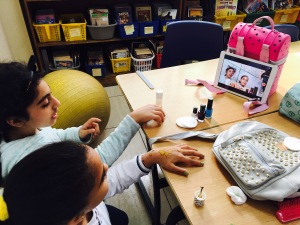
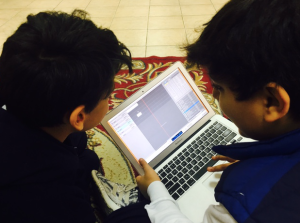
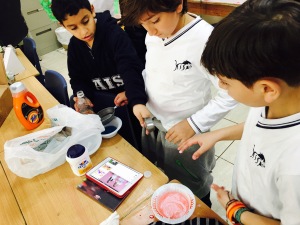
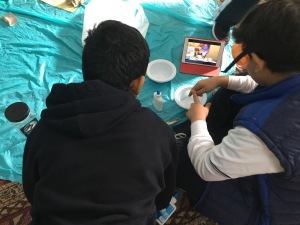
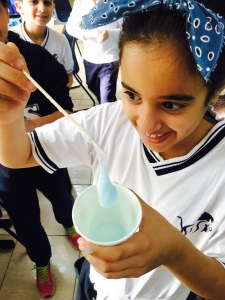
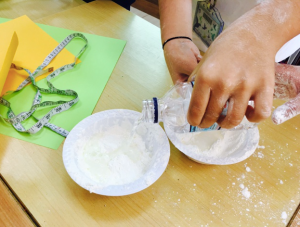
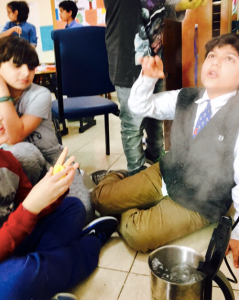
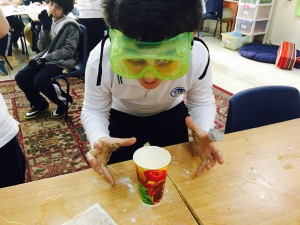
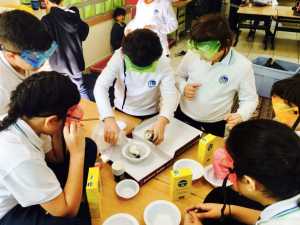
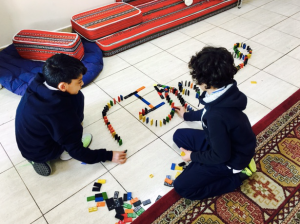
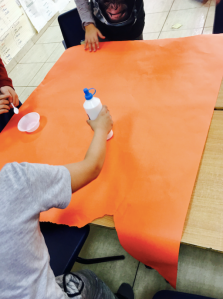
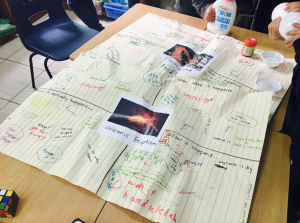
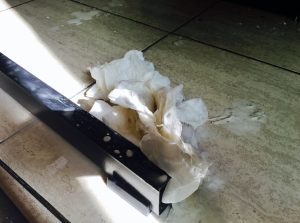
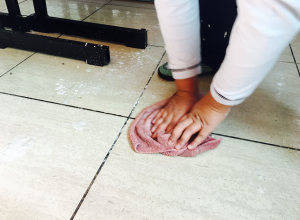
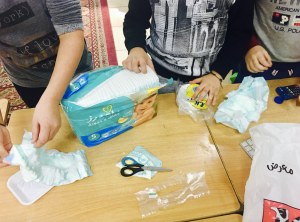
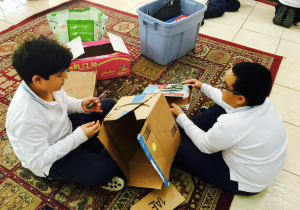
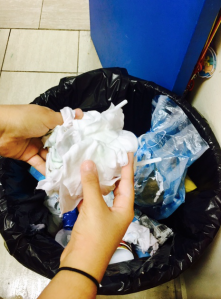
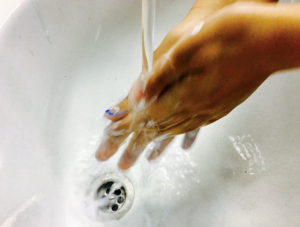
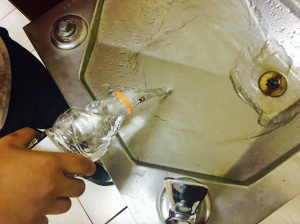
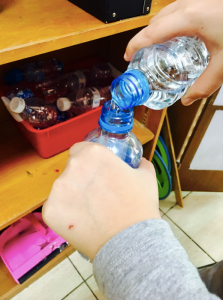
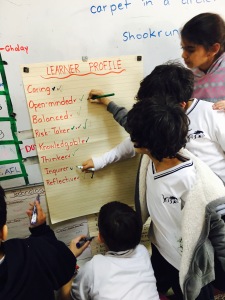
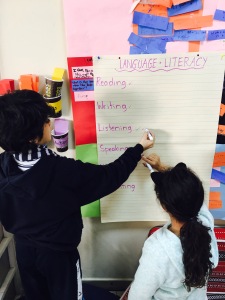
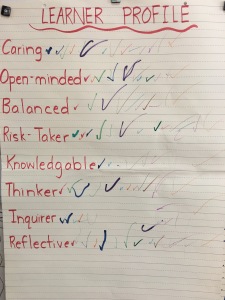
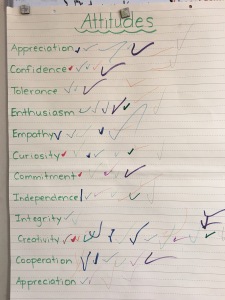
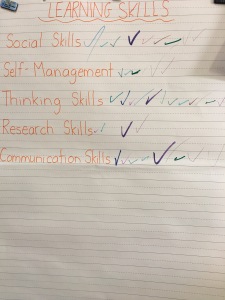
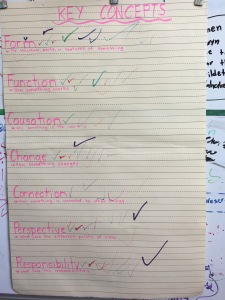
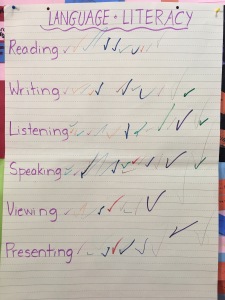
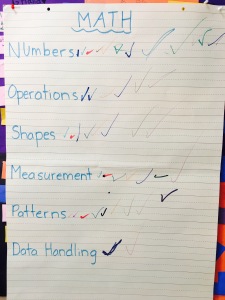 –
–